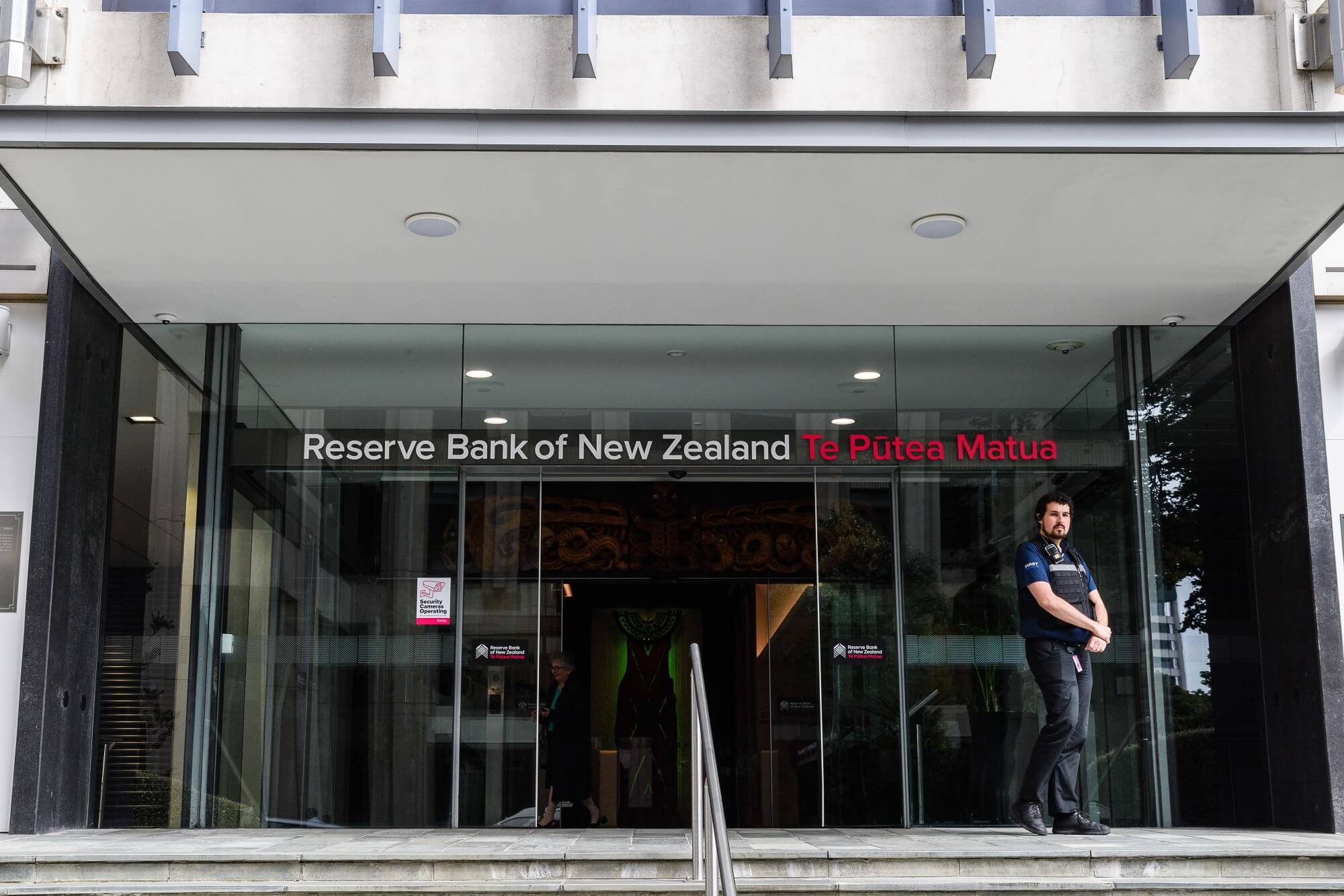Reserve Bank Chief Economist Paul Conway asserts that New Zealand requires more time to bring inflation back within the central bank’s target band of 1-3%, despite weaker-than-expected economic conditions. Conway’s remarks tempered speculation of imminent interest rate cuts, buoying the New Zealand dollar. He emphasized the importance of monitoring inflation trends, highlighting persisting challenges in stimulating non-tradables inflation towards the 2% mark.

Paul Conway, Chief Economist of the Reserve Bank of New Zealand (RBNZ), has indicated that New Zealand faces ongoing hurdles in achieving its inflation target of 2%, necessitating additional time despite recent economic headwinds. Conway’s assessment, delivered in a speech in Wellington, underscored the persistent challenges in steering inflation within the central bank’s preferred range of 1-3%.
Conway affirmed that monetary policy measures have been effective in slowing down the economy and curbing inflationary pressures. However, he cautioned that substantial efforts are still required to steer inflation towards the target midpoint.
His remarks allayed market speculation regarding potential shifts towards interest rate cuts, prompting a notable uptick in the value of the New Zealand dollar. Prior to Conway’s speech, the currency strengthened to 61.34 US cents from 61.13 cents.
Satish Ranchhod, Senior Economist at Westpac Banking Corp., noted the hawkish tone of Conway’s comments, which pushed back against market expectations for immediate policy easing. Ranchhod emphasized that the likelihood of any near-term rate cuts remains low, aligning with forecasts suggesting a continuation of the current policy stance.
In November, the RBNZ outlined the need to maintain the Official Cash Rate at 5.5% until 2024 to facilitate a return to the target inflation range. However, concerns arose following a December report indicating an unexpected economic contraction, fueling expectations of potential rate cuts as early as May.
Conway refrained from providing insights into future interest rate trajectories ahead of the February 28 decision, a move in line with economists’ expectations of a status quo stance from the RBNZ.
Addressing recent revisions in gross domestic product (GDP) figures, Conway highlighted weaker government spending as a contributing factor to the economic slowdown. Despite downward revisions, Conway cautioned against interpreting these changes as indicative of significantly diminished productive capacity within the economy.
Additionally, Conway emphasized the importance of monitoring immigration trends, citing their impact on housing rents and construction costs. While headline inflation figures for the fourth quarter fell slightly below projections, Conway noted that non-tradables inflation, particularly reflective of domestic price pressures, remains sluggish and distant from the 2% target.
In conclusion, Conway stressed the need for continued vigilance and policy persistence in navigating New Zealand’s inflationary landscape. While progress has been made, particularly in curbing inflationary pressures, concerted efforts are required to address persistent challenges, particularly in stimulating non-tradables inflation towards the desired target level.








